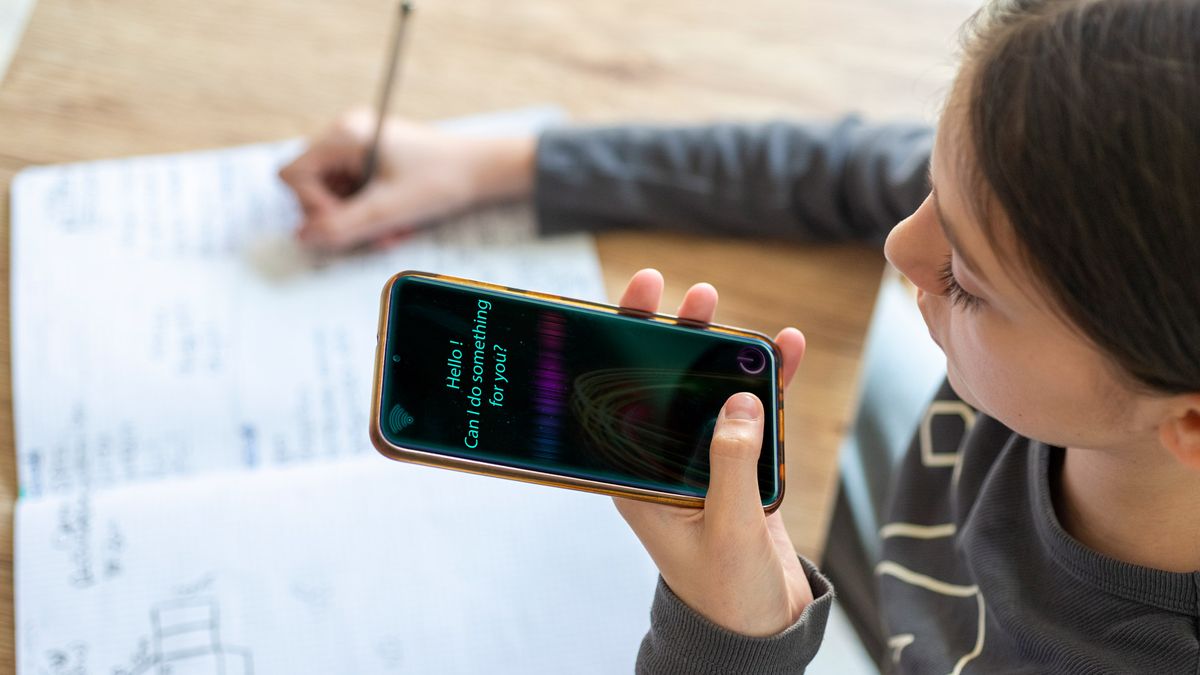A couple of days after announcing its first open-weight models in six years, OpenAI is releasing the long-awaited GPT-5. What's more, you can start using it today, even if you're a free user. With GPT-5, the company is touting across-the-board enhancements, claiming the model is its best yet when it comes to coding, writing, safety, accuracy and more.
"GPT-5 is the first time that it really feels like you're talking to an expert in any topic," said OpenAI CEO (and hypeman) Sam Altman during a press briefing the company held before today's announcement. "It reminds me of when the iPhone went from those giant, old pixel [screens] to the Retina Display, and then I went back to using one of those big pixelated things and I was like, 'Wow, I can't believe how bad we had it.'"
At the start of the year, Altman said GPT-5 would offer a unified experience for users, and the new model delivers on that promise. For the first time, OpenAI's default offering is a reasoning model, meaning the system is programmed to tackle complex problems by breaking them into smaller parts. Previously, if you wanted to force ChatGPT to use one of OpenAI's reasoning models, you had to select the "Think Longer" option from the prompt bar. This meant most free users didn't even know OpenAI had more capable models. With GPT-5, the company has significantly simplified the ChatGPT experience.
On the consumer side of things, there are only three versions of the new model. One of those — GPT-5 mini — only crops up when free and Plus users run into their regular GPT-5 usage limit. The other variant, GPT-5 Pro, is, as the name suggests, only available to subscribers of the company's $200 per month Pro plan. On the subject of query limits, Plus users can use GPT-5 "significantly" more than those with a free account, while Pro customers can chat with GPT-5 as much as they want.
When it comes to reasoning, GPT-5 is much faster than o3, OpenAI's previous state-of-the-art AI. "It's so fast that I've had the psychological experience of wondering, like, is it really thinking enough? And then it gives a great answer," said Altman. Perhaps more importantly, it suffers from fewer hallucinations, with OpenAI claiming the model delivers more accurate answers than any of its previous reasoning systems. We'll see how GPT-5 responds in real-world use, but if OpenAI has made meaningful improvements here, it would be a big deal; hallucinations have typically been a major weakness of reasoning models, particularly relative to traditional large language counterparts.
A graphic highlighting some of the enhanced capabilities of GPT-5
(OpenAI)
At the same time, OpenAI says GPT-5 is its safest AI to date. For one, it includes a new feature called Safe Completions. "In the past, we've approached this from a sort of a binary, if we thought that the prompt was safe, we would comply. If we thought it was unsafe, the model would refuse," said Alex Beutel, safety research lead at OpenAI. "This worked well, but as a challenge that there can be kind of carefully worded prompts that could be confusing. So if someone says how much energy is needed to ignite some specific material that could be an adversary trying to get around the safety protections and cause harm, or it could be a student asking a science question to understand the physics of this material."
With Safe Completions, GPT-5 will try to give the most helpful answer within the safety constraints OpenAI has imposed on it. In tricky situations like the one Beutel outlined above, the model will only provide high-level information that can't be used to harm anyone. "On average, the system is both safer and more helpful for users, and we think that'll be much better," Beutel added.
Additionally, when it comes to health-related questions, GPT-5 is better at flagging concerns and suggesting questions the user should ask of their healthcare provider. It will also answer those prompts more precisely, thanks to the ability to adapt to the person's knowledge level and geography.
On top of everything else, OpenAI says GPT-5 is its best model for coding yet. It's supposedly a better writer too, with the company promising the chatbot is better at translating your drafts into "compelling, resonant" copy.
Alongside GPT-5, OpenAI is adding a handful of new features to ChatGPT. To start, users can now choose a color for their chats, with a few exclusive options available for paying customers. OpenAI has also made it easier to connect ChatGPT to Gmail, Google Calendar and Google Contacts. Once you enable the connections, the chatbot will know when to automatically reference your Google accounts; you won't need to select anything before you start chatting. OpenAI will begin rolling out this feature to Pro subscribers starting next week, with availability for other users to follow.
Over in the Custom Instructions pane, where you can write system prompts to tweak how ChatGPT interacts with you, OpenAI is introducing a handful of pre-set personalities. The four options — cynic, robot, listener and nerd — are available as part of a research preview, and can be changed or disabled at any time.
Last but not least, OpenAI is releasing an updated version of its Advanced Voice feature the company introduced last summer. OpenAI says the tool is better at understanding instructions and adapting its speaking style to the moment. As part of this change, OpenAI is retiring Standard Voice Mode. In practice, that means the company can now offer a better voice experience to everyone since it doesn't need to fall back on Standard Voice Mode, which isn't natively multi-modal like Advanced Voice and therefore worse at understanding the nuances of human speech.
If you're wondering where this leaves OpenAI on the path toward artificial general intelligence, Altman had this to say when asked about the topic. "I kind of hate the term AGI, because everyone at this point uses it to mean a slightly different thing, but [GPT-5] is a significant step forward towards models that are really capable. We're still missing something quite important," he said, noting GPT-5 can't continuously learn on its own. "But the level of intelligence here, the level of capability, it feels like a huge improvement. Certainly, if I could go back five years before GPT-3 and you told me we have this now, I'd be like that's a significant fraction of the way to something very AGI-like."
.png)











 English (US) ·
English (US) ·